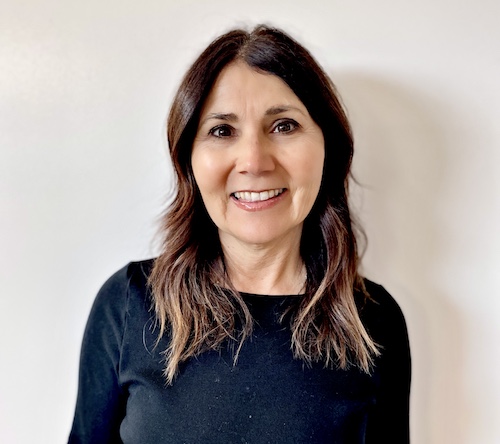How to Go Keto
Are you looking for a diet plan that provides substantial benefits with longer effects? The keto diet is straightforward and simple. It is based on one basic rule: high-fat, low-carb.
However, don’t let this simplicity fool you. Although the diet suggests that you eat high-fat foods, it does not mean that you can eat all kinds of fatty foods; the high fats referred to in the diet are healthy fats from natural foods. It is important to make sure the food you eat contains the healthy fats you need to fuel your energy, not weigh you down. Consider adding butter, olive oil, nuts, seeds, and grass-fed animals to your meals. They all contain healthy fats to keep you going through the whole day. You should also avoid starchy and processed foods.
Here is an example meal plan for a keto diet:
- Breakfast – bulletproof coffee and sausage
- Lunch – green leafy vegetables for a salad with tuna and olives, topped with cream cheese
- Snack Salted Chocolate Macadamia Nut Butter – nuts, celery sticks with cheese, broccoli pizza, green smoothie
- Dinner – green beans and mushrooms mixed in steaks
- Dessert – walnut ice cream with Stevia
You may notice changes in your body’s conditions or functioning during the first phase of your keto diet, and you should be prepared for them. These changes happen because your body is adjusting to a new “normal” where you will be using ketones instead of carbohydrates as your energy provider. You may feel moody, tired, and sometimes nauseous.
To combat these problems, drink more water, add more healthy fats and protein to your diet, and try adding some clean carbs on your meal, like sweet potatoes or fruit, so your body will relax during the transition.
After you recover from the first stage of your keto diet, you will notice that you have more physical energy and your mind performs at a more optimum level. You may experience a slight energy crash in the afternoon, but a quick recovery will have you feeling more refreshed and energized.
You may eventually also be less likely to eat more or may even feel hungry less often. You should not necessarily skip meals; rather, only eat if your stomach asks you. Make sure that you still follow the right rules. Eat complete meals a day or fuel up with keto-friendly snacks. Your body needs the right kind and amount of energy and you can only get this from the nutrients provided by the foods included in the keto diet.
Using a keto calculator before you start the keto diet can be helpful so you can identify the ratio of carbs, fats, and proteins your body needs. It also helps you calculate the calories you get from the foods you are eating and figure out how much weight you have to lose.
As you proceed with the keto diet, you can monitor your ketone levels by blood, urine, or breath to check the effects of the diet on your body. Seeing measurable results and improvements will help motivate you.
Though the keto diet focuses mainly on the fats and carbs, you also have to pay attention to the other nutrients your body needs. Make sure you still have enough sodium, potassium, and magnesium. These three minerals are vital to keeping you healthy. Insufficient amounts of vitamins and minerals can make you experience cravings, fatigue, sleep disorders, and mood imbalances, so make sure to pay attention to all of your body’s needs.

If you would like to learn more about my upcoming webinar Fit2LiveKeto.
You will learn:
What the Keto Diet is
How the Keto Diet Works
What to Eat & What Not To Eat
And So Much More! just click here to Join! Three Days and Times to Choose From!
Yours in health and wellness,


A little bit about me:
Wendy Purviance -Busy women hire me to get rid of bloating and up their energy without depriving themselves of delicious food. As a Functional Medicine Certified Health Coach and Whole Living Expert, I do this by getting to the root cause of their sickness so that they can finally say goodbye to excess weight and enjoy endless energy to reignite their zest for life.
As a Functional Medicine Certified Health Coach, I know one size doesn’t fit all. We will work together collaborating and identifying your health goals. The art of the coach-client relationship is to come alongside the client, listening, empowering and putting together a plan that works for you. A realistic plan that can be implemented for lasting change. We will look at a whole body, a Mind-body approach using whole foods, positive psychology, the psychology of eating, stress its impact on the body working towards changes in lifestyle for optimal health and lasting lifelong wellness!

